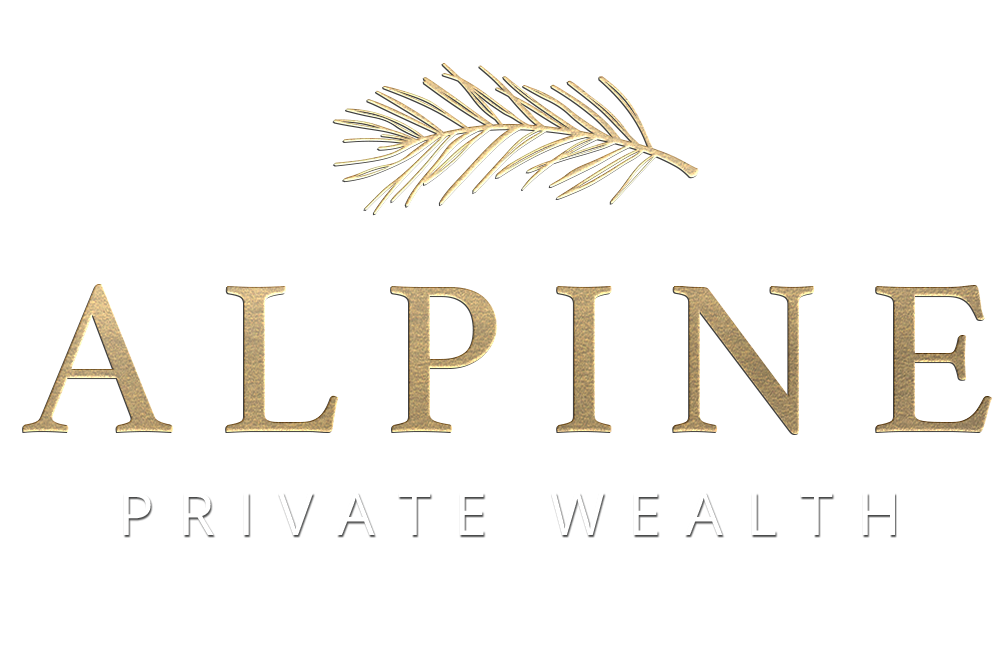
What is Value Investing?
Most advisors do not even mention value investing to their clients. Maybe they don’t mention investing much at all. Instead, they lead with planning and consider investing after the fact, pulling from a catalog of hundreds of investment solutions and focusing discussions on diversification. Developing a fundamental investment strategy requires much more. It requires inherent curiosity and intense research, married with deep experience and analytical skills, to make informed decisions. It takes confidence and a proven track record of performance to select options that fit that mold deliberately. A high level of patience and focus must always be present to remain on the road less traveled – the one with flatter peaks and valleys that will get you where you’re going with less heartache. That’s value investing at Alpine, and it’s an approach you’re unlikely to hear about from most other wealth managers.
Alpine’s investment philosophy and discipline are based on “Intrinsic Value”, as articulated in Benjamin Graham’s Intelligent Investor. Graham was a mentor to Warren Buffet, who many believe to be the world’s greatest value investor. This philosophy drives us to seek quality businesses whose stock price does not currently reflect the underlying valuation of the company based on the company’s expected cash flows and earnings. Guided by the orientation of a private investor buying a select group of quality businesses, we protect capital from permanent impairment by avoiding investments in overvalued companies.
We don’t want to own the market or chase performance, and we believe you shouldn’t either. We go where the value is and look for opportunities across any market capitalization, industry, and geographic region that presents an opportunity to buy at a discount from intrinsic value. The Alpine team is relentless in our search but patient in our decision-making. We’re clear on the criteria, committed to our process, and remain disciplined about what businesses we invest in – and at what price. It’s a long-term approach with a 10-year target holding period and a 30-year intrinsic valuation. This formula has a history of producing results.



